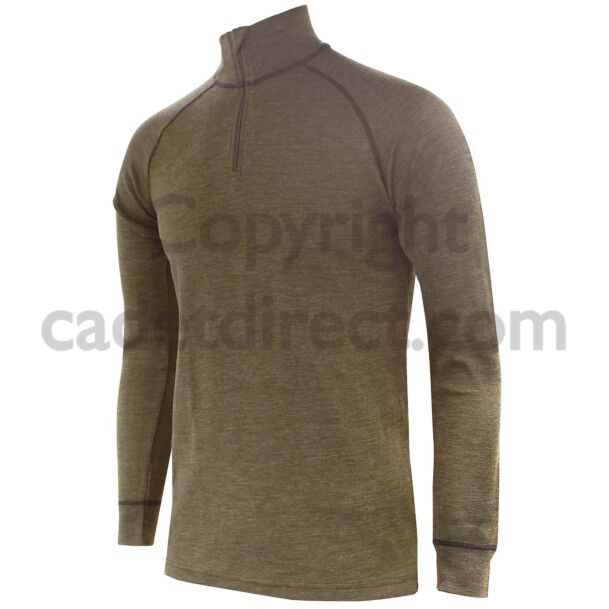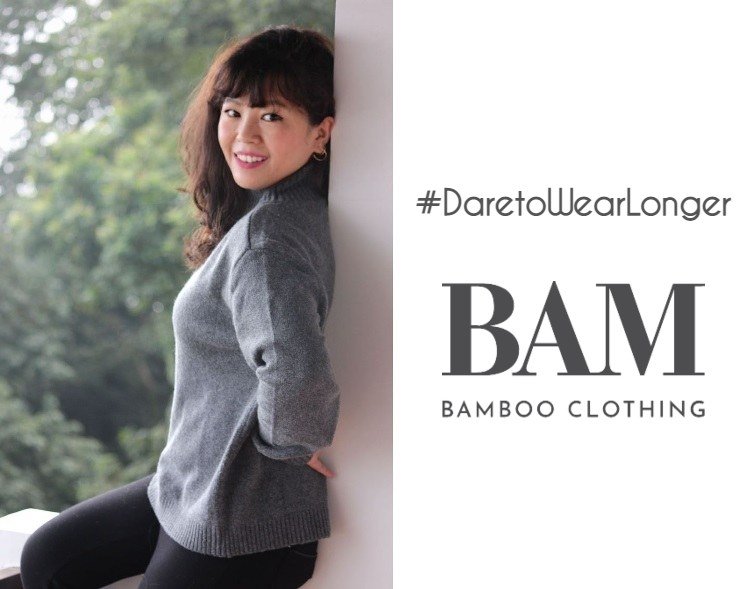Great Bamboo Clothing Tips
Wiki Article
What Makes Yak Wool Base Layers Effective For Winter Sports Clothing For Warmth/Temperature Control And Moisture Management, As Well As The Durability And Comfort?
Yak Merino Wool Base Layers excel in winter sports clothing due to the factors that improve heat, temperature regulation as well as comfort and durability.
Insulating Properties: Both yak and Merino wool are naturally insulate. The hollow fibers in yak's wool are able to trap air and give exceptional warmth. Merino Wool is known for its superior insulation.
regulates body temperature - The combined fabric regulates the body's temperature, capturing the heat when it's cold, and allowing air to flow through so that you don't get too hot when you're doing intense activities.
Moisture Management-
Merino Wool's moisture wicking properties draw sweat from your skin and disperse it, preventing sweat. Yak fibers also aid in transporting water to keep wearers dry and cool during intense physical exercise.
Comfort-
Softness- Merino wool is known for its soft, fine fibers, which are gentle on skin, and less likely to cause irritation. The inclusion of yak wool, that also has soft fibers, improves the comfort.
Odor resistance- Both types are antimicrobial, and will ensure that your clothing stays fresh by reducing bacteria growth.
Durability-
Resilience and Strength- Yak wool is inherently robust, and when paired with the tenacity of merino wool, the fabric will become sturdy and resistant to wear and tear, which makes it ideal for demanding activities.
Natural Fiber Benefits-
Renewable Fibers - Merino and Yak wool are biodegradable, renewable fibers that make them an environmentally friendly choice.
These wools have a natural versatility that allows them to be used in varying weather conditions.
Combining merino with yak wool creates a fabric that can be produced that is robust and warm as well as regulating the temperature and regulating moisture. This is what makes yak and Merino wool bases layers ideal for winter sportswear. They are made to withstand the demands of outdoor activities in cold climates, while also keeping the wearer warm and dry. Read the best merino wool base layer tips for more advice including merino wool ski base layer, ski thermals, skiing base layers, wicked wool base layer, merino wool first lite, wool thermal base layer, merino wool base layer mens, smartwool merino 250 base layer, best wool base layer, ski underlayers and more.

What Are The Advantages To Wearing Outdoor Winter Clothing Made Of Bamboo In Terms Of Comfort, Sustainability, And Protection?
Bamboo clothing offers several advantages for outdoor winter clothing in terms of sustainability, comfort and safety. Comfort-
Bamboo fabric is smooth and soft, making it soft on the skin. Its luxurious texture is often similar to silk or cashmere.
Bamboo fibers are known for their wicking properties that allow the bamboo fibers to draw moisture away from the skin, and keep the wearer dry and comfortable.
Thermal Regulation- Bamboo clothing has natural temperature-regulating properties, providing warmth in winter while remaining breathable to prevent overheating.
Sustainability-
Bamboo is a renewable material that is able to grow very quickly, without using pesticides. Bamboo is a plant that is able to regenerate quickly, which makes it an environmentally friendly option.
Low Environmental Impact - Bamboo cultivation typically requires less water compared to conventional cotton farming. It doesn't diminish soil nutrients. Bamboo also produces more air and absorbs more carbon dioxide than most plants.
Protection for Outdoor Wear-
UV Protection - Bamboo fabric is a natural shield against harmful UV radiations.
Bamboo has antibacterial properties that are natural called "bamboo-kun," that help to stop the growth of bacteria that cause odors. The clothes stay fresher for longer when outdoors.
Other Benefits
Durability - Bamboo fibers possess the highest degree of durability and are therefore suitable for outdoor clothes that are likely to endure harsh usage.
Biodegradability: Bamboo clothes are biodegradable. It is able to be degraded naturally at the end of its life cycle, thus reducing the environmental impact.
In winter outdoor clothes, bamboo fabric can provide an array of comfort, thermal regulation, moisture management, and sustainability, making it an attractive option for those looking for eco-friendly and high-performance clothing. See the most popular bamboo clothing info for site tips including bamboo mens shirts, bamboo dress shirt, organic bamboo pajamas, bamboo tee shirts mens, long sleeve bamboo t shirt, bamboo maternity, bamboo jeans brand, checkered bamboo pajamas, bamboo fibre clothing, bamboo exercise clothing and more.

What Are The Differences Between Merino And Bamboo Clothes Differ From Regular Wool?
Merino layers, regular wool, and bamboo clothing have distinct features.
Merino's soft, silky fibers make it easy on your skin. It is less likely to cause irritation or itch than traditional wool.
Merino Wool Has Excellent Moisture- Wicking Properties- Merino is a material that wicks moisture that pulls moisture away and allows it evaporate. The wearer stays dry and comfy.
Merino wool is exceptionally warm even when it's wet. It regulates body temperature by providing insulation during colder temperatures, and breathing when you exercise.
Odor Resistance- It naturally inhibits the growth of bacteria that cause odor making clothes fresher even when worn for a long time.
Bamboo Clothing-
Softness - Bamboo clothing has a silky, soft touch that is often called silk or cashmere. It's silky soft on the skin offering a luxurious sensation.
Bamboo fabric has moisture-wicking qualities which draw sweat away from the body, keeping you dry while exercising.
Temperature Regulation- Bamboo clothing has natural temperature-regulating abilities, offering warmth in winter and breathability to prevent overheating.
Sustainability Bamboo is a source that is extremely renewable and it grows quickly, without the use of pesticides. It is biodegradable.
Regular Wool
Texture. The wool's texture is different. Some types are coarser in texture, and are more prone to itching.
Warmth - Wool can provide excellent insulation and warmth but it may also be bulky.
Absorption of Moisture - Wool is able to absorb water, making it less effective for moisture-wicking as bamboo and merino. It remains warm even when damp.
Summary The softness of Merino Wool makes it odor and odor resistant. It also provides excellent moisture wicking. Bamboo clothing is soft to the touch, moisture-wicking qualities that regulate temperature and is a long-lasting material. Wool has a different texture, and it might not possess the same properties for moisture wicking like merino or bamboo. But, it provides warmth and insulation. Each has its own advantages, and can be tailored to specific preferences and requirements for winter wear. Follow the most popular merino winter clothing url for website info including smartwool merino base layer, smartwool 250 base layer women's, smartwool long underwear, men's wool leggings, merino wool layers, omniwool base layer, smartwool 150 base layer, hh lifa merino, smartwool base layer, smartwool 150 base layer and more.
